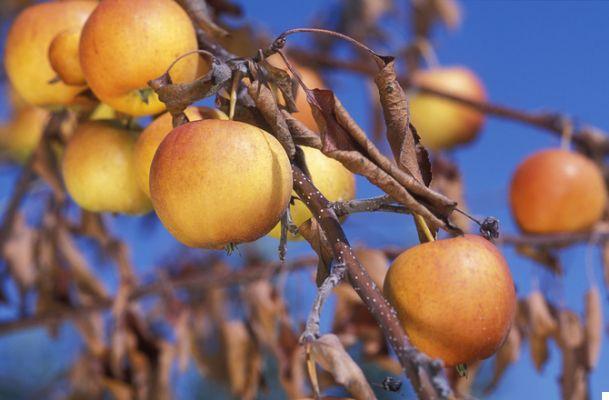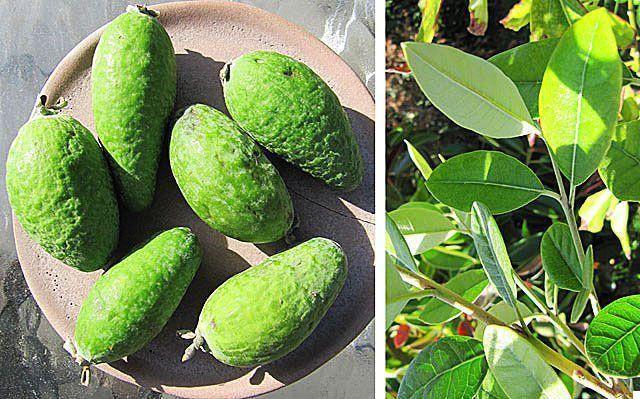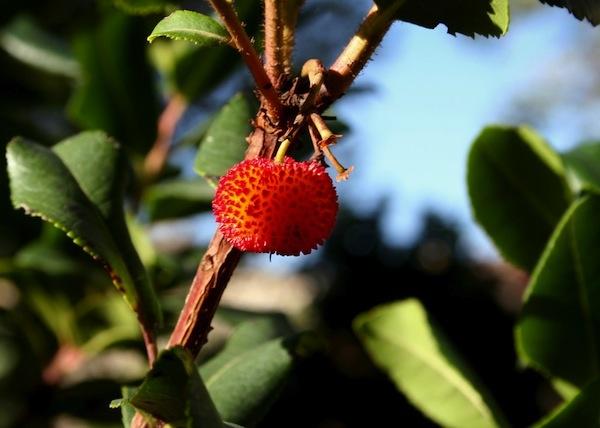The pomegranate
The pomegranate, commonly (and improperly) called pomegranate, from the tree on which it is born, is a fruit with a thousand properties. It is very rich in antioxidants, mainly flavonoids and ellagic acid; it has astringent properties, that is, it helps in case of diarrhea; helps prevent the formation of atherosclerotic plaques and is therefore a very valuable ally in cardiovascular prevention; has anti-inflammatory properties; helps prevent the degenerative process of cartilage. Finally, according to a study published in the Journal of Ethnopharmacology and conducted in Japan, it is useful for relieving menopausal disorders, especially depression and bone fragility.
A very rich fruit, therefore, that hardly ends up on our tables; it has in fact been neglected from the point of view of production, yet the country, especially in the South, has the perfect soil and climate for cultivating it. Fortunately, in recent times the pomegranate has been greatly revalued and the juice is especially easy to find.
The quince
Quince, a kind of hybrid between apple and pear, is another unfairly forgotten fruit of autumn. It is not very popular for the sour taste of its pulp, but nobody forbids its use in the kitchen. We often forget that fruit does not necessarily have to be consumed at the end of a meal or as a snack, it is an ingredient like any other, to be used also to prepare appetizers, first and second courses, as well as desserts.
The quince it is often used in jams; it is, in fact, very rich in pectin; it can be used both to prepare quince, that is the jam entirely of quince, and to give consistency to jams obtained mainly with other fruits. It has tonic, astringent and anti-inflammatory properties for the benefit of the stomach and intestines. Thanks to the presence of malic acid, promotes digestion. The cooked quince, thanks to the richness of fibers, helps intestinal motility.

The feijoa
Despite its exotic origins and name, the feijoa it is also grown in the country, especially in Sicily, Puglia, Calabria, Liguria and Tuscany. It has a scent reminiscent of pineapple and a flavor that looks a little like that of a strawberry and pineapple salad. It is a fruit very rich in water and low in calories; it is very rich in fibers; has antibacterial properties. Contains a good amount of folic acid. Thanks to the presence of arginine, promotes bone growth, is therefore a type of fruit very suitable for feeding children, as well as that of pregnant women.
According to some beliefs it has aphrodisiac properties. As quince is particularly rich in pectin and is therefore particularly suitable for the preparation of jams, in this case it is advisable not to discard the peel.
The feijoa contains a good amount of sugar and iodine. It is often used in the confectionery industry to obtain jelly and candied fruit.

The strawberry tree
Finally the arbutus; perhaps the first of the forgotten fruits of autumn: have you ever tasted one? It is almost impossible to find, yet, like all the aforementioned autumn fruits, it is easily obtainable in the Mediterranean area.
The strawberry tree plant it was once very widespread in our country and is in fact typical of the so-called el paesena gardens; today it is found mainly in Tuscany and in the southern regions. Thanks to its innumerable properties, the ancient Romans attributed magical powers to it.
The strawberry trees are rich in Vitamins, sterols e pectin. Like quince and feijoa they are excellent for making jams. The leaves can be used for the preparation of decoctions that are used above all for external use as a skin tonic, or to obtain very useful infusions against urinary tract diseases and in case of diarrhea.

SEE ALSO
The vegetables of autumn


























